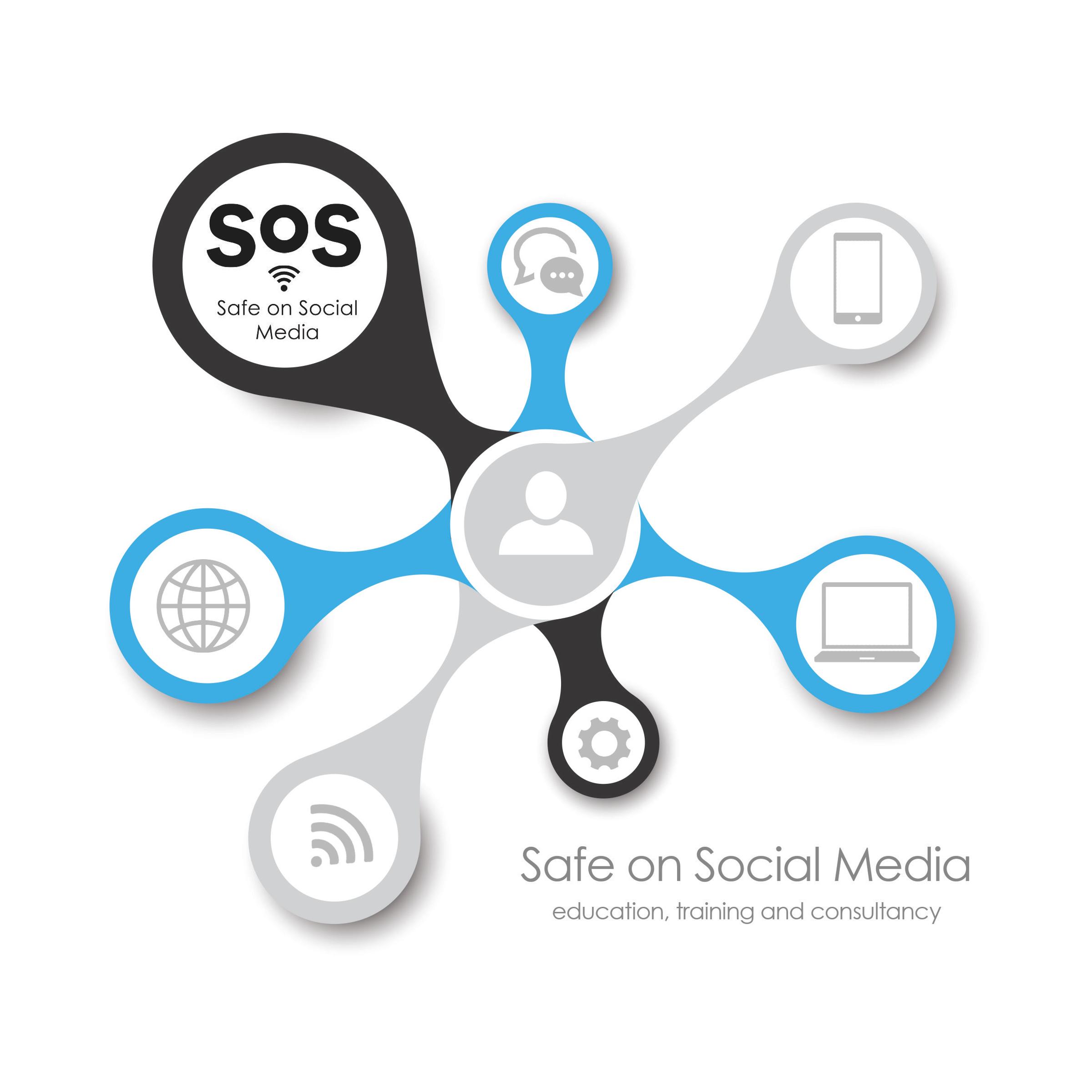Safe On Social Media

Don't say anything online that you wouldn't want plastered on a billboard with your face on it.
Erin Bury
The Momo Challenge is here again
When designer Eric Knudsen created a character called Slender Man for a forum titled Create A Paranormal Image in 2009, he had no idea it would become the driving force behind two 12-year-old girls from the US attempting to murder a classmate.
In 2016 a game known as Blue Whale was posted on Russian social media networks, the game challenged users to complete a disturbing task each day for 50 days, becoming increasingly dangerous each day and introducing elements of self-harm. The final 'challenge' required the participant to commit suicide.
'Momo' is another sinister ‘challenge’ that has been around for some time. The startling photo of a Japanese sculpture piqued the curiosity of users who contacted the profile. Those people were reportedly met with a barrage of abuse and threats to expose private data unless they filmed themselves carrying out dangerous challenges.
Dubbed the ‘suicide killer game’ Momo has been linked to apps such as Facebook, Whatsapp, and YouTube. “Momo” the scary, grotesque doll-like figure, reportedly sends graphic, violent images and encourages users to do such things as wake at random hours to partake in dangerous challenges and has been cited as encouraging self-harm.
We have had many people contact us through Facebook and our website over the last two weeks asking about Momo again.
I was interview by 10 Daily about the challenge in August last year.
Read the full article here: https://tendaily.com.au/news/a180812smv/the-terrifying-new-cyber-trend-that-targets-kids-20180819
Safe on Social Media’s Tips:
Just like all urban myths, this story can be distressing to young people. It is essential to talk to your child about the fact that Momo is not real and cannot directly harm them.
Do not stop children from accessing the Internet or making them believe it is the internet that’s dangerous & scary. It is about educating them, so they know what to do in certain situations.
Make sure YOU know how to report and block on every app that your child uses so that you can help them when needed. This should be the absolute minimum that you know about the games and apps your kids are using.
Respect age recommendations and gamin classifications. If you need to report Cyber Bullying, Illegal Content or Image Based abuse you can do that by reporting directly to esafety.gov.au
It is essential that you are present when a young child is online. If you have a great understanding of what they are doing on their devices, it will give you the opportunity to discuss certain activities that your child may be involved in.
We recommend that devices are not allowed in the bedroom when kids are young and as they get older you implement a curfew.
There are parental controls on all devices, make sure you use them. They are usually in the settings area of the device and relatively easy to step through. You can use Google and YouTube to access instructions on how to set parental controls for particular devices.
Trends and challenges are very tempting for young people. Talk to them about how they should not succumb to peer pressure or do anything that makes us feel uncomfortable online and offline. If they are unsure, make sure they know they can talk to you or another trusted adult.
It is normal to feel worried as a parent/teacher/carer when you hear about or see things online that may be harmful to a child. Remember not everything you see online is true. Check the source and be aware that what you share about something might perpetuate the worry to others.
If you decide to implement a filter in your home to block or filter content. Be aware not to ‘set and forget’ as tech-savvy kids can find ways around technological protections or may be accessing online content from a friend’s home or device.
Have regular conversations and provide online safety education, from the moment you buy your child their device. This will help ensure your kids know how to handle situations when they occur, even when you are not nearby.
How to report Cyber-Bullying
Statistics say that one in five Australian children aged 8 to 17yrs have been the target of cyber-bullying in the last year. Most social media networks have rules banning cyber-bullying and have complaints tools for reporting.
Firstly, take screenshots so you have evidence.
Then report and block the bully on whatever social media app is being used. Some social media sites can take up to 48hrs to remove the reported post but you MUST report through these channels before reporting to to The Office of the Children’s eSafety Commissioner.
Report it to The Office of the Children’s eSafety Commissioner by filling in the online complaints form at esafety.gov.au if the site does not act in 48hrs.
If the bullying is threatening someone’s life or involves child pornography immediately contact your local police station.
Everything you post on social media impacts your personal brand. How do you want to be known?
The Publicity Gal
